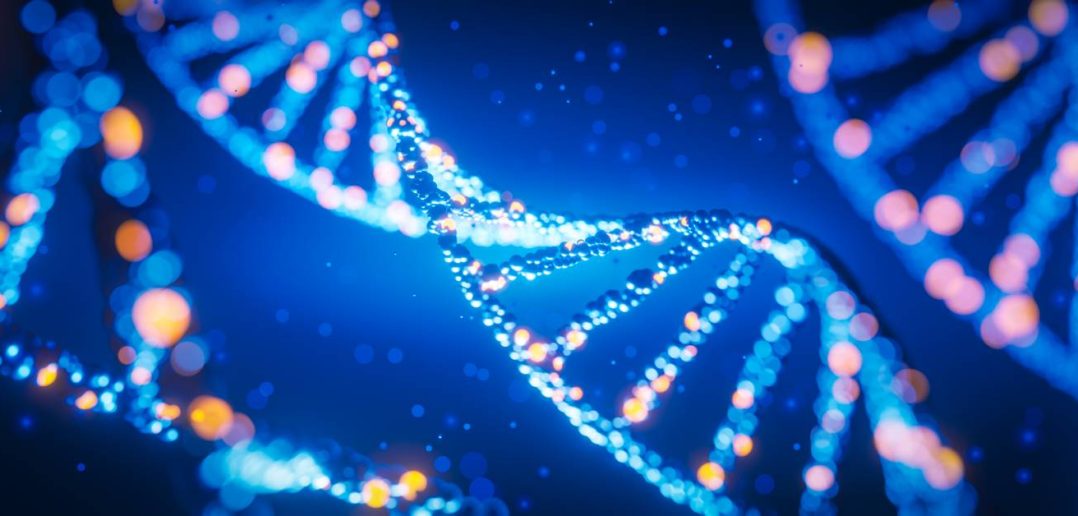Synthesizing data? Who does that? Aren’t we supposed to be running the experiments and measuring things to produce real data?
While generally true, there are scenarios in which the use of generative AI (GenAI) is beneficial. Let’s explore the benefits via “what if” scenarios. Before we begin, it’s important to keep in mind that AI itself is not new and many of the data science techniques under this umbrella have been around for decades.
Gleaning new value from historical data to inform the safety of early-phase investigational drugs
In government, academics and life sciences there is an enormous trove of historical data. Much of this is in the form of experimental data that comes from research and development. The presumption is that the original experimental data was costly and limited in scope. Because the source of the data was rare, it cannot be used to predict the next experimental outcome when testing a new hypothesis on a topic such as drug safety.
But, what if we could:
- Gain additional meaning from historical data, a sunk cost, by aggregating many experiments?
- Train analytic models to synthesize more of that data?
The key reason for synthesizing more data is to train accurate predictive analytic processes that save on the cost of experimental animals, technical time and the inherent variation from one experiment to the next.
Predicting the future requires two steps:
- First, we have to know enough to train the synthesizing process.
- Then we need to deploy a process to predict the next new experimental question.
GenAI is a key component to learning from historical data and filling in for the data gaps with synthetic data that is accurate and precise.
Synthesized data, when guided by historical data, is powerful. It adds statistical “power” to the predictions we are asking of this now richer mix of historical and synthesized data. This added “power” is what makes the predictions trusted and understood. This is essential for predicting something like the potential toxicity of an early-phase investigational new drug. And because safety is priority number one, better accuracy (i.e., determining safe from unsafe drugs) earlier and faster is paramount.
GenAI applications in pharmaceutical manufacturing
Let's consider an additional utility of GenAI, where data is valuable but rare – drug manufacturing. Pharmaceutical products, especially those of the newer cell/gene types, are both sensitive to degradation in the manufacturing process and have the potential to vary from one batch to another.
What if the rare data from the pre-manufacturing development steps could be enriched? This would provide a better understanding of where changes in those steps need to be improved to produce a high-quality and safe drug.
Like the example with pre-clinical safety data, the application of GenAI can help fill gaps in the data used to predict optimized process steps, equipment performance and environmental variation. This can help build a trusted manufacturing process that benefits everything from the cost of the drug to its safety and performance.
Better products to market faster with the help of GenAI
In both examples, GenAI can provide richer data faster by combining trusted mathematical processes with generative processes. The potential benefit of GenAI in this space reaches beyond improving cost and time functions. The ultimate goal is to shorten the therapeutic development cycle and to accurately prioritize therapeutics – getting them to market faster, meeting regulatory guidelines and benefiting patients.

